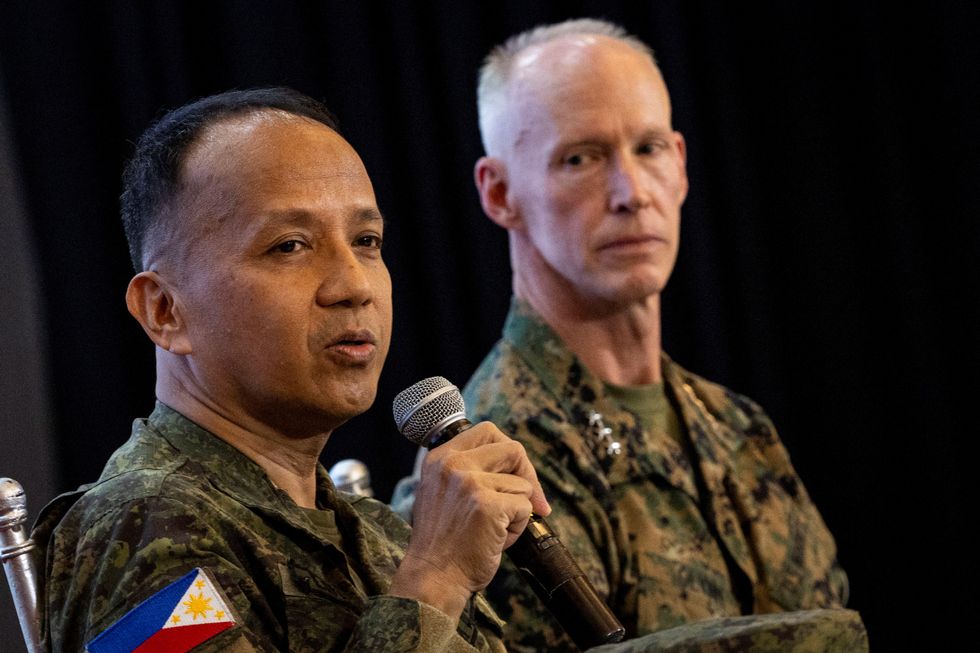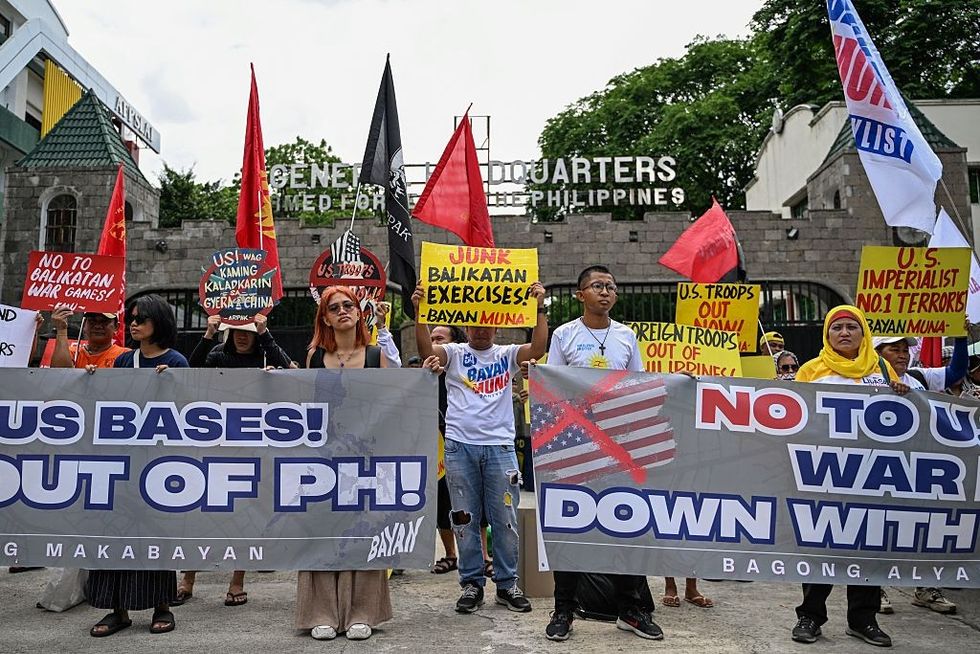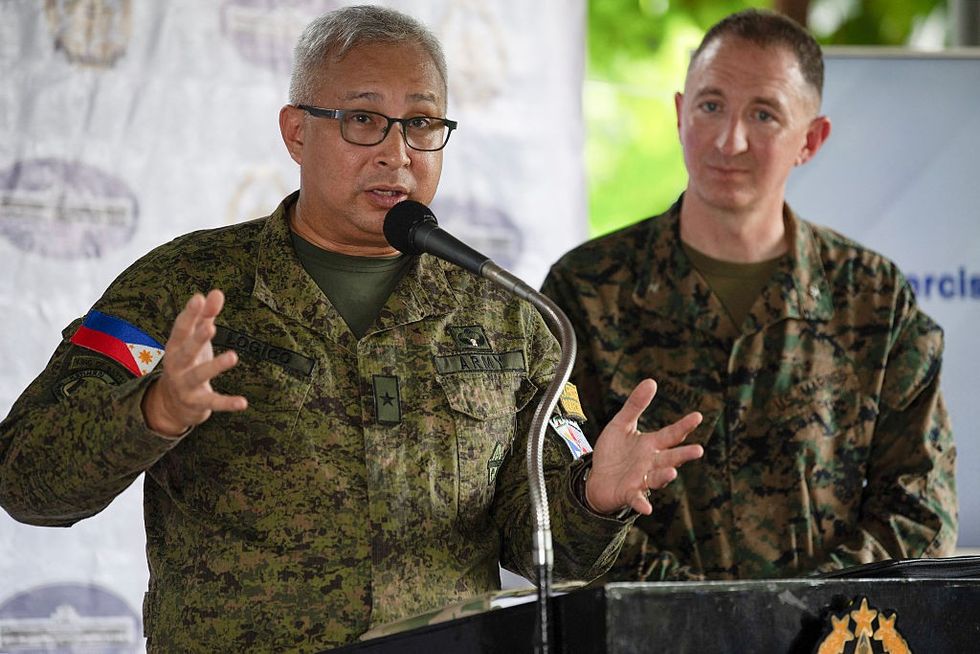US deploys 'ship killer' missiles in 'full battle test' in the Philippines as China encroaches over South China Sea and Taiwan
One of the leaders described the drill as being like 'a war plan being tested'
Don't Miss
Most Read
Trending on GB News
The United States has deployed "ship killer" missiles to the Philippines in what officials describe as a "full battle test" amid growing tensions with China over the South China Sea and Taiwan.
The Navy-Marine Expeditionary Ship Interdiction System (NMESIS) arrived in the Philippines this week as part of Balikatan, the largest annual joint military exercise between the two long-standing allies.
The deployment represents the strongest expression yet of American opposition to Chinese military expansion in the region.
The exercises, which began on Monday and will continue until May 9, come as China intensifies its military activities around Taiwan and in disputed waters.

A previous joint Philippines-US exercise
Getty

Philippine Balikatan Exercise Director Major General Francisco Lorenzo with Lieutenant General James Glynn
Reuters
The NMESIS system consists of a remote-operated vehicle equipped with Naval Strike Missile containers, capable of striking ships from over 100 nautical miles away.
Several launchers have been deployed to northern Luzon, the Philippines' largest island, with plans to airlift them to the Batanes islands for simulated missions.
"This marks the inaugural deployment of the newly fielded Marine Corps weapon system to the Philippines," the US Marine Corps said in a statement.
The system is designed to facilitate sea denial and control by targeting enemy vessels from coastal positions. No live missiles will be launched during the exercises.
LATEST DEVELOPMENTS

Protesters hold up signs and shouts slogans during a protest against the Balikatan joint military exercises
Getty
Lieutenant General James Glynn of the US marine corps said at the opening ceremony in Manila: "We will demonstrate not just our will to uphold our mutual defence treaty in existence since 1951 but our matchless capability to do so."
Brigadier General Michael Logico of the Philippine army was more direct, adding: "What we are looking at here is an exercise verging into a full battle test. We are treating the exercise as a rehearsal for our defence."
Colonel Doug Krugman of the US Marines also said: "It is like a war plan being tested."
Although officials did not explicitly name China, the exercises appear aimed at addressing Beijing's regional activities. The exercises involve approximately 9,000 troops from the Philippines, 5,000 from the US and 200 from Australia.

Philippine Army Brigadier General Michael Logico with US Marine Corps Colonel Doug Krugman
Getty
Japan, the Czech Republic, Poland and Colombia will send official observers. Military activities will include aerial surveillance, sinking a ship with artillery and missile fire, and repelling an enemy island seizure.
The NMESIS launchers are expected to remain in the Philippines after the exercises conclude, mirroring what happened with the US Typhon mid-range missile system following last year's Balikatan.
This approach effectively allows the US to arm the Philippines whilst maintaining the exercises' defensive characterisation. The deployment comes as part of a broader US strategy to counter China's expanding military presence in the Western Pacific.
The Luzon Strait between southern Taiwan and northern Philippines serves as a critical choke point for Chinese naval access to the Pacific Ocean.
 President Donald Trump and US Secretary of Defense Pete HegsethReuters
President Donald Trump and US Secretary of Defense Pete HegsethReutersUS Defense Secretary Pete Hegseth said during a visit to Manila last month: "We agreed that the United States will deploy additional advanced capabilities to the Philippines."
He emphasised that "deterrence is necessary around the world, but specifically in this region, in your country considering the threats from the communist Chinese."
China has previously warned the Philippines it is "playing with fire" in its military cooperation with the US.








